AC Milan’s Rafael Leao celebrates scoring their first goal. Photo: REUTERS
MILAN:
…
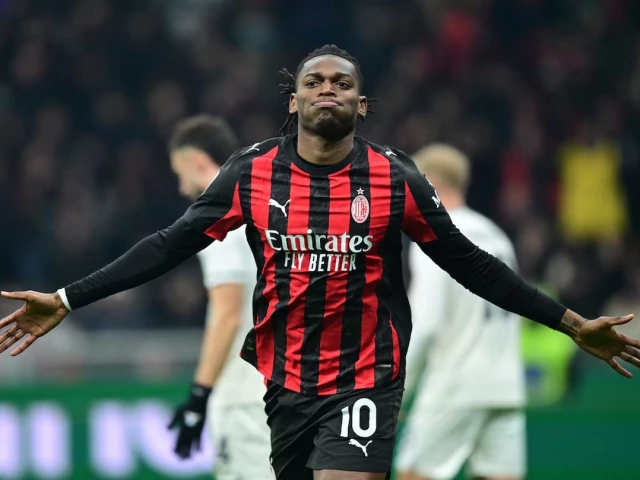
AC Milan’s Rafael Leao celebrates scoring their first goal. Photo: REUTERS


NEW YORK (AP) — Major retail chains and tech companies are offering new or updated artificial intelligence tools in time for the holiday shopping season, hoping to give consumers an easier gift-buying experience and themselves an augmented share of online spending.
Although AI-powered purchases are in early stages, the shopping assistants and agents rolled out by the likes of Walmart, Amazon and Google can do more than the chatbots of holidays past. The latest versions were designed to provide personalized product recommendations, track prices and to place some orders through unscripted “conversations” with customers.
Those features are on top of shopping updates from AI platforms like OpenAI’s ChatGPT and Google Gemini. In one of the season’s most talked-about launches, Google this month introduced an AI agent that can be instructed to call local stores to ask if a desired product is in stock.
San Francisco software company Salesforce estimated that AI would influence $73 billion, or 22%, of all global sales in one way or another from the Tuesday before Thanksgiving through Monday after the holiday, according to Caila Schwartz, Salesforce’s director of consumer insights.
The figure, which stood at $60 billion a year ago, encompasses everything from a ChatGPT query to AI-supplied gift suggestions on a retailer’s website, Schwartz said.
Despite the advancements, AI’s impact on holiday shopping will be “relatively limited” this year since not every shopping site has useful tools and not every shopper is willing to try them, said Brad Jashinsky, a senior retail industry analyst at information technology research and consulting firm Gartner.
“The more retailers that launch these tools, the better they get, and the more that consumers get comfortable and start to seek them out,” Jashinsky said. “But customer behavior takes a long time to change.”
Here are three ways the technology is poised to influence holiday shopping habits in 2025:
Bypassing the search bar
AI’s potential to simplify the search for the perfect present is most apparent so far in tools that promise to give shoppers faster and more detailed results than a web browser with a lot fewer clicks.
OpenAI upgraded ChatGPT with a shopping research feature that provides personalized buyers’ guides. The information comes from product pages, reviews. prices and a user’s previous interactions with the chatbot. The tool works best for complicated products like electronics and appliances, or for “detail-heavy” items like beauty or sporting goods, OpenAI said.
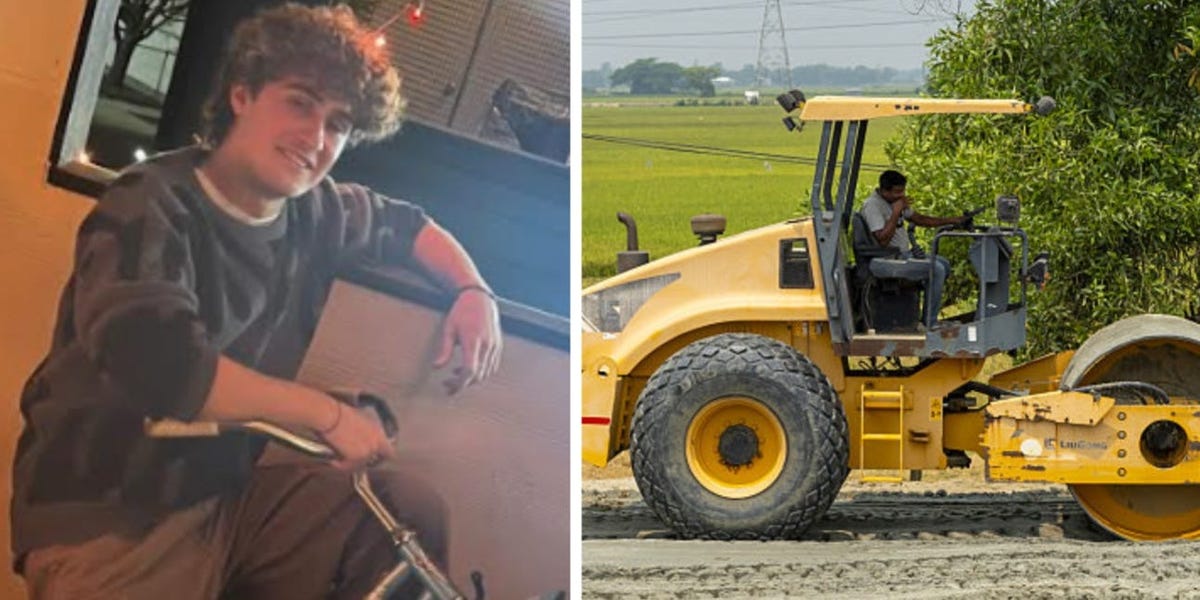
Have you ever wondered why manhole covers are round instead of square? Or who invented the steamroller? Or why giant steel coils are transported on their sides instead of flat?
Sure, you can do a simple Google search…

A NEW study has uncovered a key molecular pathway that helps explain why nerve regeneration is impaired in diabetes, and importantly, how this barrier to repair might be reversed. The findings provide compelling evidence for a targetable…
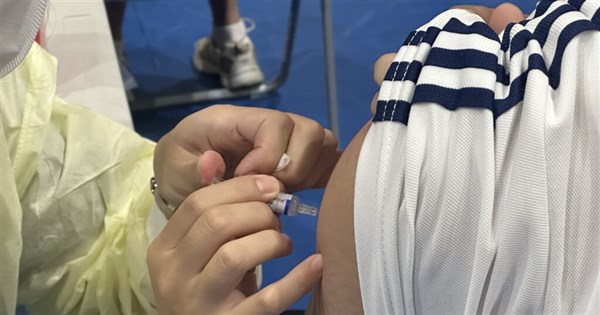
Taipei, Nov. 30 (CNA) The current flu vaccine may provide weaker protection against infection by the new K subclade of the Influenza A virus subtype H3N2, but continues to show clear effectiveness in reducing the risk of severe illness, according…

It’s Black Friday weekend and the deals continue into Cyber Monday tomorrow. These are the best deals we’ve seen on iPads:
Today’s best iPad deals:…
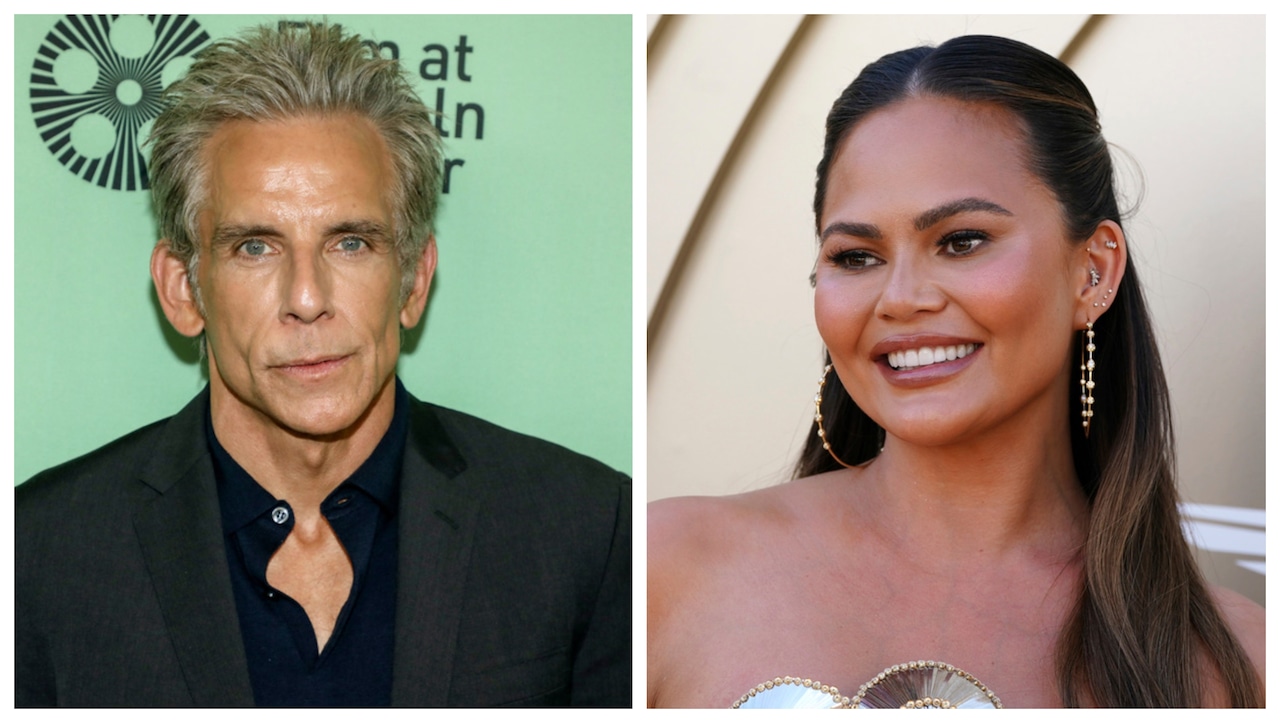
Birthday wishes go out to Ben Stiller, Chrissy Teigen and all the other celebrities with birthdays today. Check out our slideshow below to see photos of famous people turning a year older on November 30th and learn an interesting fact about each…
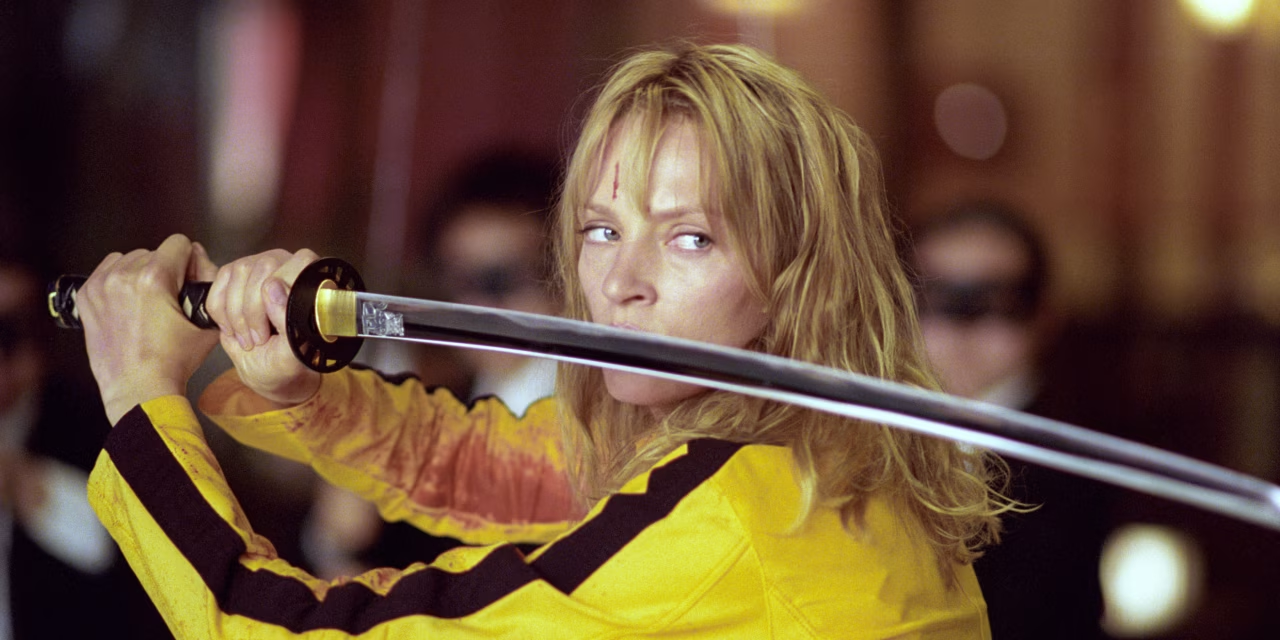
• “Five Nights at Freddy’s 2” (Dec. 5): A year after the horrors of the 2023 film, the murderous band of animatronic animal mascots, based on characters from a videogame series, returns. Emma Tammi again…
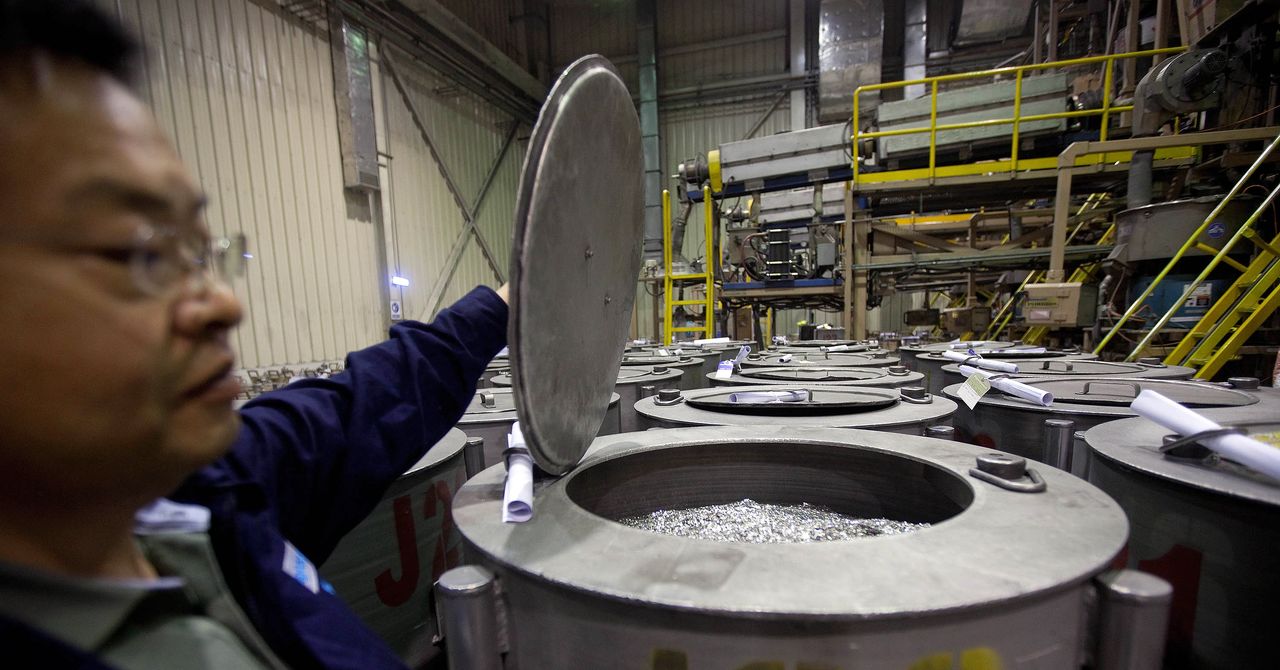
The alarm hasn’t yet reached the general public, but tension is beginning to build in the corridors of the aerospace industry, in microchip laboratories, and in government offices. For months, an element almost invisible to the world—yttrium—has become the silent center of a new global dispute. Supplies are thinning, prices are skyrocketing, deliveries are stalling. And while China and the United States have promised a truce over rare earth minerals, the wheels of advanced technology are beginning to slow.
Although a late-October meeting in South Korea between Chinese president Xi Jinping and his US counterpart Donald Trump raised hopes for a détente, the Chinese export restrictions introduced last April remain substantially in place. Beijing granted a one-year reprieve on the mandatory government licensing system for shipments of rare earths and products containing related materials (including those made abroad with at least 0.1 percent Chinese resources), in exchange for a similar suspension of the White House’s latest restrictions on technology supply chains.
But other measures introduced before the latest escalation remain in place. The result is a tightening of the international supply chain that threatens to slow advanced technological production, raise costs, and challenge entire industrial sectors. Yttrium plays a crucial role in the functioning of contemporary technologies. Without yttrium, the production of aircraft engines, high-efficiency turbines, advanced energy systems, and semiconductors would immediately slow down.
Yttrium’s value lies in its ability to impart thermal and mechanical strength to materials subjected to extreme temperatures. Jet engines blades, for example, must withstand prolonged overheating and intense vibration; yttrium is what allows them to maintain structural integrity and efficiency. The same is true for industrial chip manufacturing, where yttrium-based coatings protect machinery from chemical wear and ensure precision in plasma etching. Its indispensable nature has made it a key element of modern technology and the military.
The problem is that, as with several other resources, China controls almost the entire global yttrium supply chain. Not only does it produce most of it, but it also has the know-how and infrastructure to refine and separate it from other rare earth minerals, a complex and technologically advanced process. According to US data, the United States imports 100 percent of its yttrium needs, 93 percent of which comes directly from China. Such stark dependence creates enormous geopolitical vulnerability.
When Beijing decided to introduce export restrictions as a response to US tariffs, the entire international supply structure began to falter. Companies reported delays, difficulties in obtaining licenses, and uncertainty about delivery times. In the rare earths trade, lack of predictability is often more damaging than reduced volumes: An industry accustomed to just-in-time deliveries can be thrown into crisis by even a few weeks of delay.
The effects were immediate. In Europe, yttrium oxide prices have soared, reaching a 4,400 percent increase since the beginning of the year. Aerospace companies, which rely heavily on this material, have expressed alarm and demanded urgent measures from the US government to expand domestic production. The semiconductor industry is no less concerned: Some companies have called the situation a “serious” threat, predicting impacts on costs, efficiency, and production timelines. Gas-fired power plants, which use yttrium in the protective coatings of turbines, are also monitoring Chinese developments with increasing attention, although they maintain that they have not yet experienced disruptions.